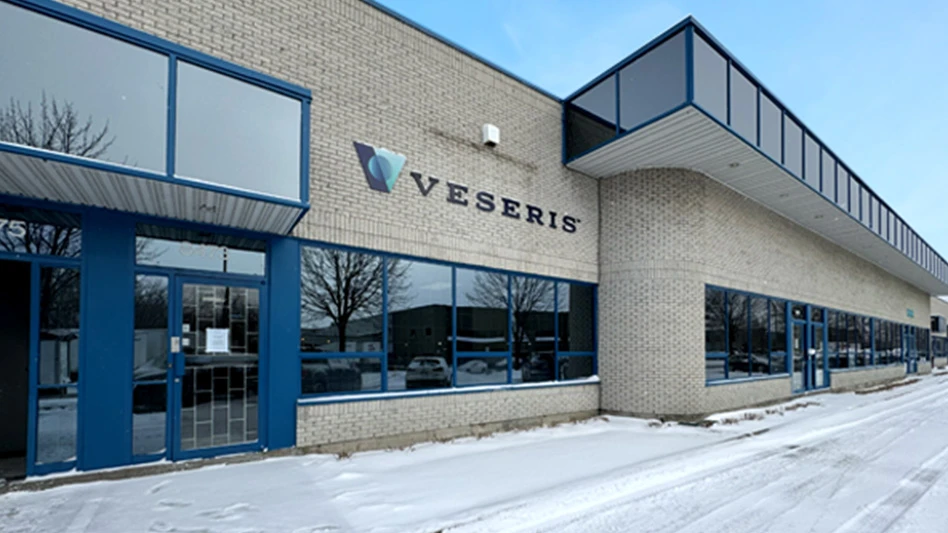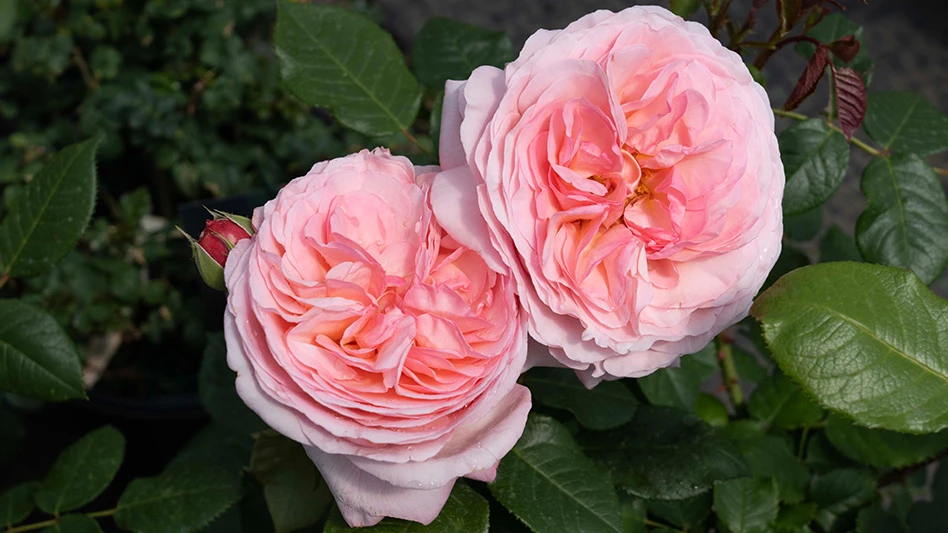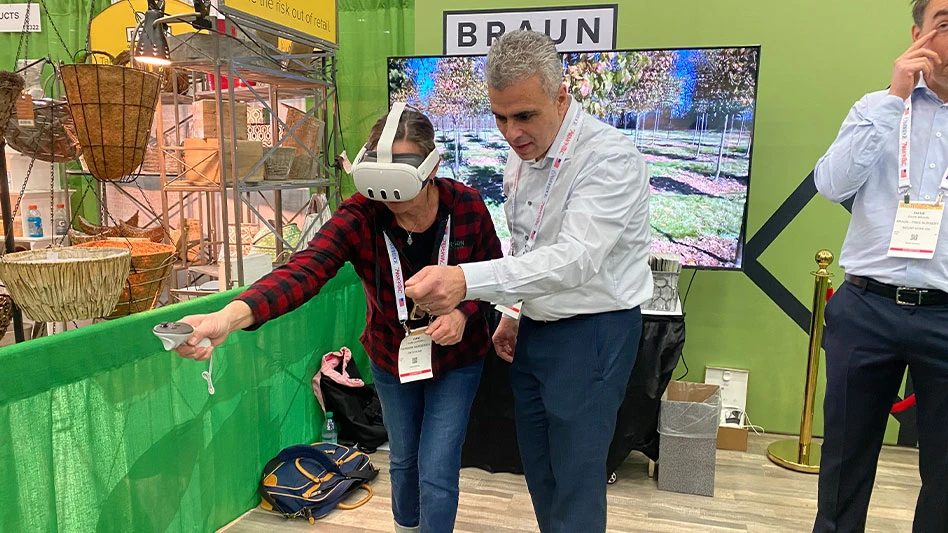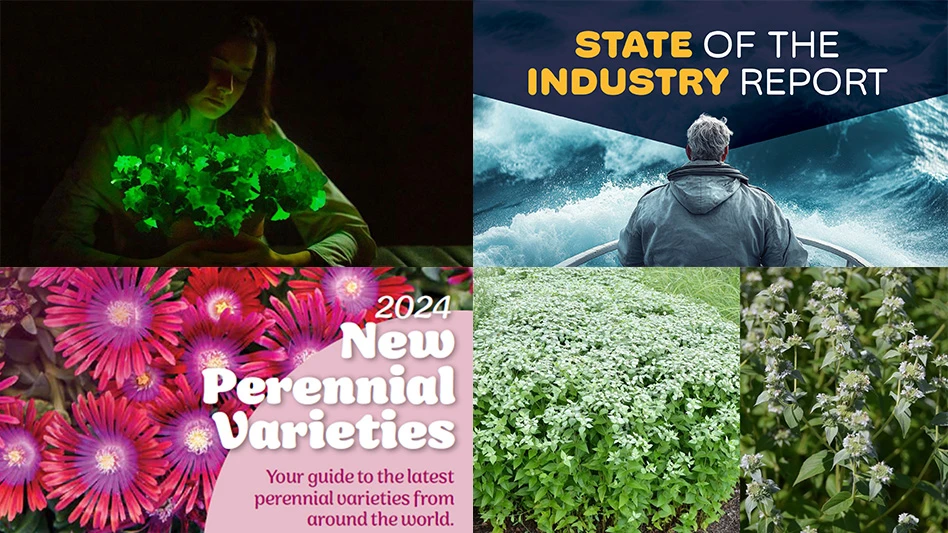
The project is conducted with financial support from the Production Board and commenced in 2011. Wageningen UR is responsible for building the model, as they have the largest amount of experience with building models for e.g. roses and tomatoes. The model is parameterised based on a massive amount of data derived from the sector, combined with experimental results from a day-length trial at Wageningen UR.
The sector asked for a growth model that could assist in strategic decision making on application of day length shortening, CO2 supply, assimilation light, energy screens, heating and ventilation. The model is currently ready for use in the cultivar Kimsey (see validation results in Fig.1) and is now in the test phase for the cultivars Suri, Bison, Rich and Candela. The tests are done at commercial greenhouses by simultaneously modelling and monitoring of flower production and quality.
In a tight cooperation with growers the model interface is being optimised in practicality and user-friendliness. Apart from an easy-to-use interface, it will be accommodated to connect a set of sensors for another location in the greenhouse. Thus, for a specific spot, growth, quality as well as botrytis risk can be simulated. An account at Letsgrow.com is required to access the model. The test phase ends in December this year and the model will then become available for gerbera growers.
Learn more here.
Photo courtesy of University of Vermont
Latest from Greenhouse Management
- Metrolina Greenhouses donated more than $1 million in 2024
- De Vroomen Garden Products celebrates 100 years with new products, global celebrations
- ThinkPlants announces new shrub program
- American Floral Endowment 2025 scholarship applications now open
- Two Proven Winners ColorChoice varieties take top honors in Australia’s 2025 Plant of the Year
- Registration now open for 2025 National Floriculture Forum
- GardenComm hosting 10-session Winter Webinar Series
- Growing beyond the greenhouse
.JPG)





